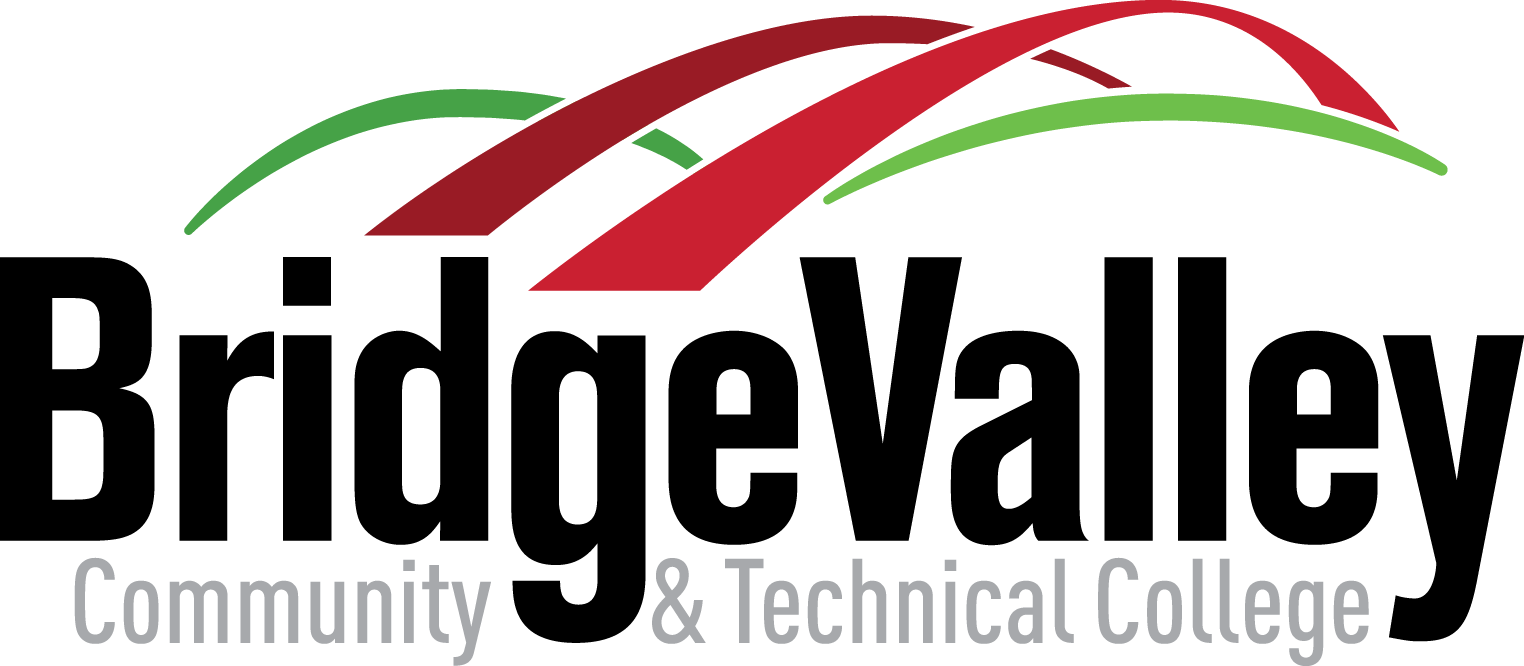Federal Pell Grant
Federal Pell Grants are awarded to students on the basis of financial need and do not have to be repaid. These grants are considered the foundation of federal financial aid, to which aid from other federal and non-federal sources might be added. Pell Grants are only awarded to undergraduate students who have not yet earned a bachelor's degree.
In December 2011, President Obama signed into law the Consolidated Appropriations Act, 2012 (Public Law 112-74). This law has significantly impacted the Pell Grant Program. Beginning in fall 2012, Students are now limited to 12 semesters (or 600%) of Pell Grant eligibility during their lifetime. This change affects all students regardless of when or where they received their first Pell Grant.
Q: How do I know if this affects me?
A: If you have attended college for 4 years or longer*, and have been receiving the Pell Grant each year, you may have already exhausted your lifetime limit of 12 semesters of Pell Grant eligibility.
If you have attended college and received the Pell Grant for 3 years or less you will most likely be eligible to receive a Pell grant during the 2016-2017 school year.**
*Students with a bachelor’s degree are not eligible to receive a Pell Grant.
**Please be conscious about the lifetime limit of the Pell Grant when changing majors and scheduling classes.
Q: Where can I see my lifetime Pell Grant usage?
A: You may view your Pell Grant usage by logging into, https://studentaid.gov/.
Q: How is the Pell percentage used calculated?
A: The percentages are based on your annual award at full-time enrollment status. For instance: If your annual award for the 2016-2017 academic year is $5,815 and you attend full-time both fall and spring terms, you will use 100% of your lifetime limit. If you attend 9 credits for both fall and spring terms, you will use 75% of your lifetime limit.
Q: I have questions about this, who do I call?
A: Our Financial Aid Counselors are available to discuss the change in the lifetime Pell Grant eligibility with you.
Federal Work-Study (FWS)
The Federal Work-Study program provides part-time jobs to students with financial need. Under the program, these students are able to work to earn money to pay for their education expenses, including tuition, books, and room and board.
For BridgeValley's federal work-study program information click here.
Federal Direct Loans
Stafford loans are for students to help cover the costs of their school expenses and are included in the William D. Ford Federal Direct Loan Program. These loans can be subsidized or unsubsidized. Stafford Loans are loans that students can borrow in order to pay for educational expenses.
Subsidized: A subsidized loan is awarded on the basis of financial need. Students will not be charged any interest before entering repayment or during authorized periods of deferment. (Deferment is a period during which a borrower who meets certain criteria may suspend making loan payments.) The federal government "subsidizes" the interest during these periods.
Unsubsidized: An unsubsidized loan is not awarded on the basis of need. Students accrue interest charges from the time the loan is disbursed until it is paid in full. (Disbursement is the release of loan funds to the school for delivery to the borrower.)
Parent PLUS Loans: PLUS loans are provided to parents to assist with the costs of undergraduate school expenses. PLUS loans are unsubsidized and will accumulate interest from the date of disbursement until paid in full. The student must be enrolled in a minimum of 6 credit hours, be a financial dependent of the parent and the parent must agree to submit a credit report. PLUS loans come directly from the U.S. Department of Education under the William D. Ford Federal Direct Loan Program.
For more detailed information about federal student loans please visit our Student Loan Information webpage.
